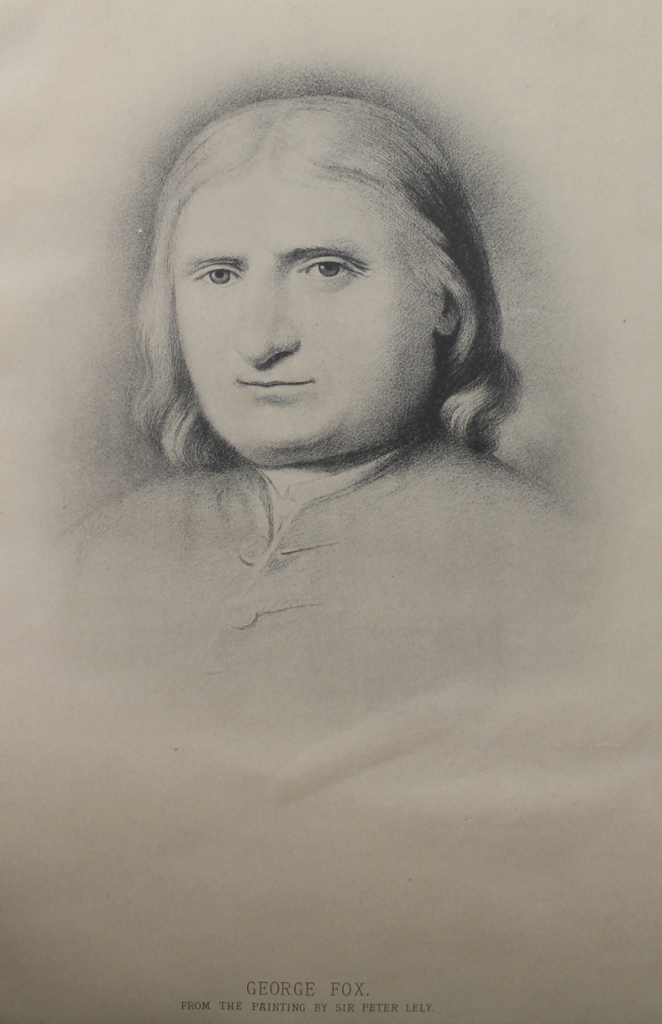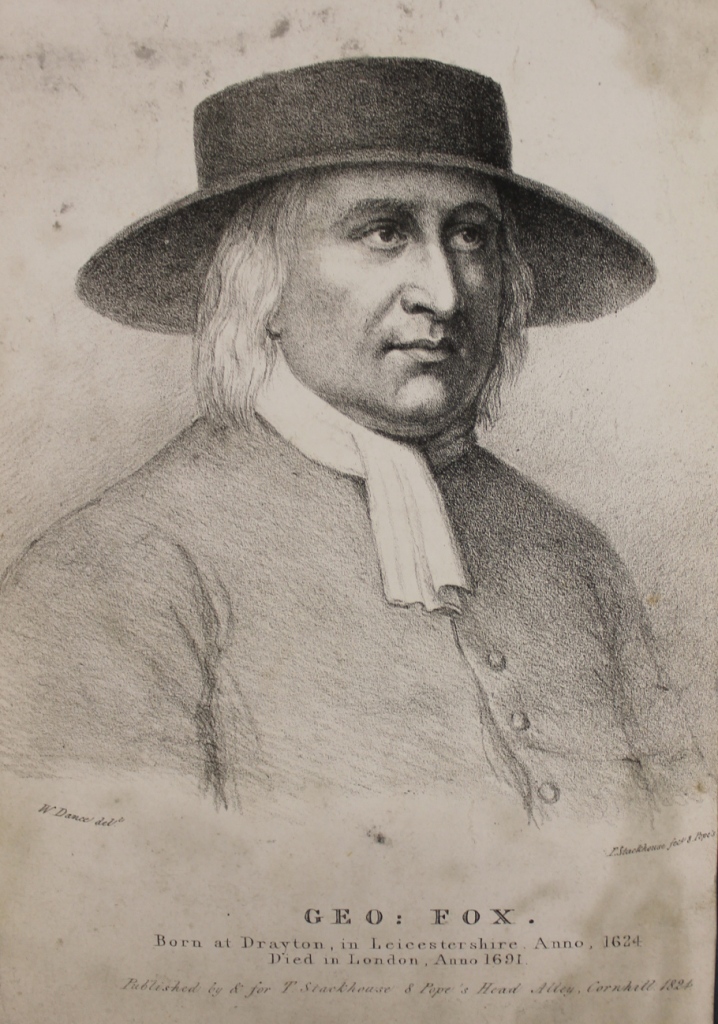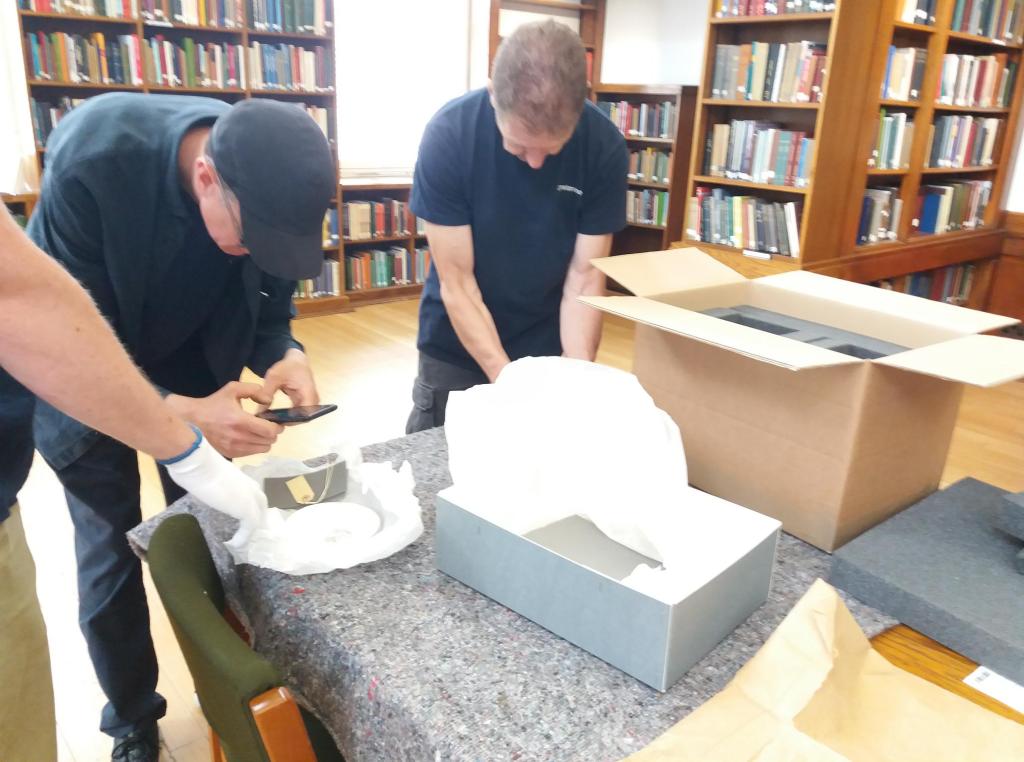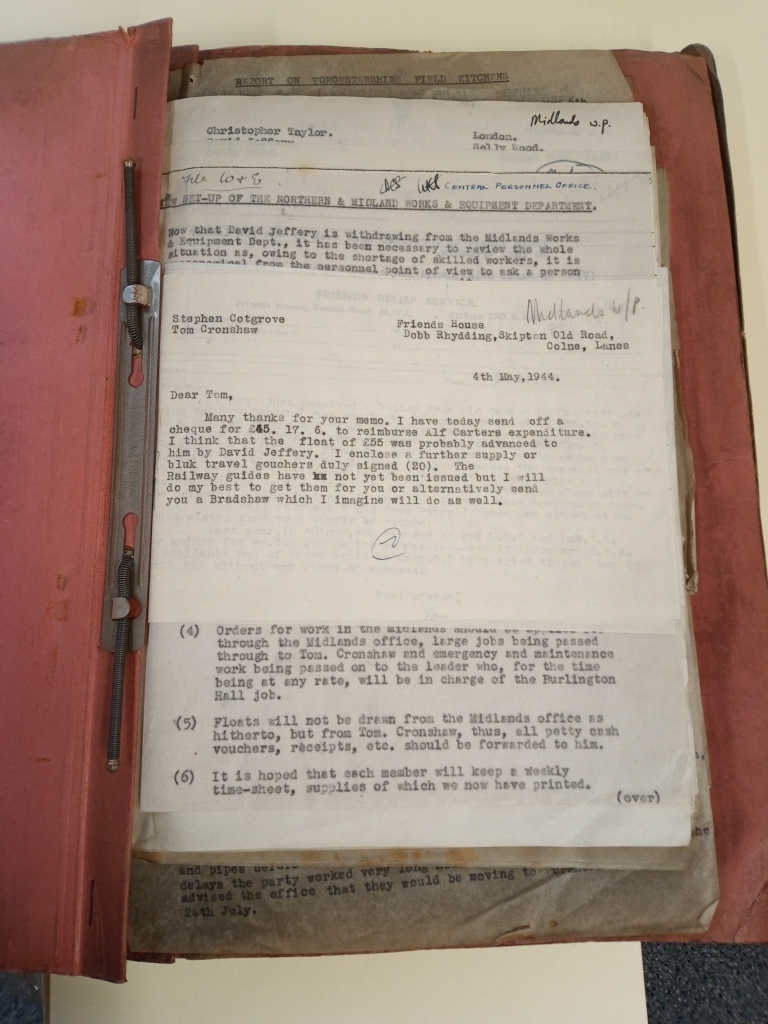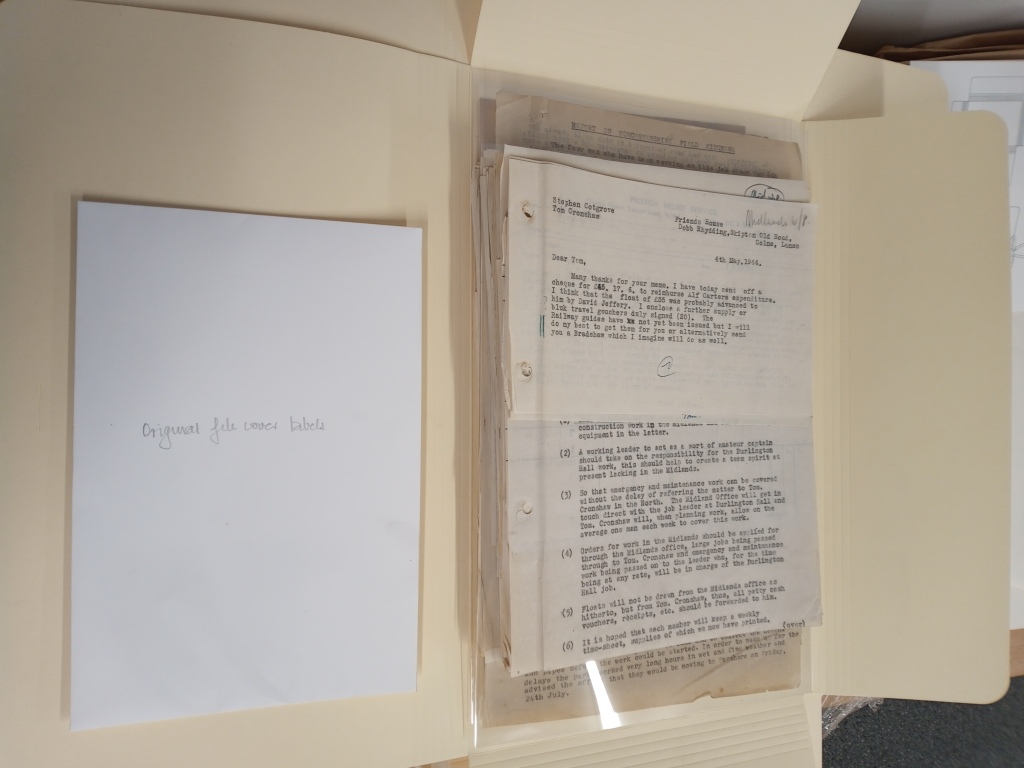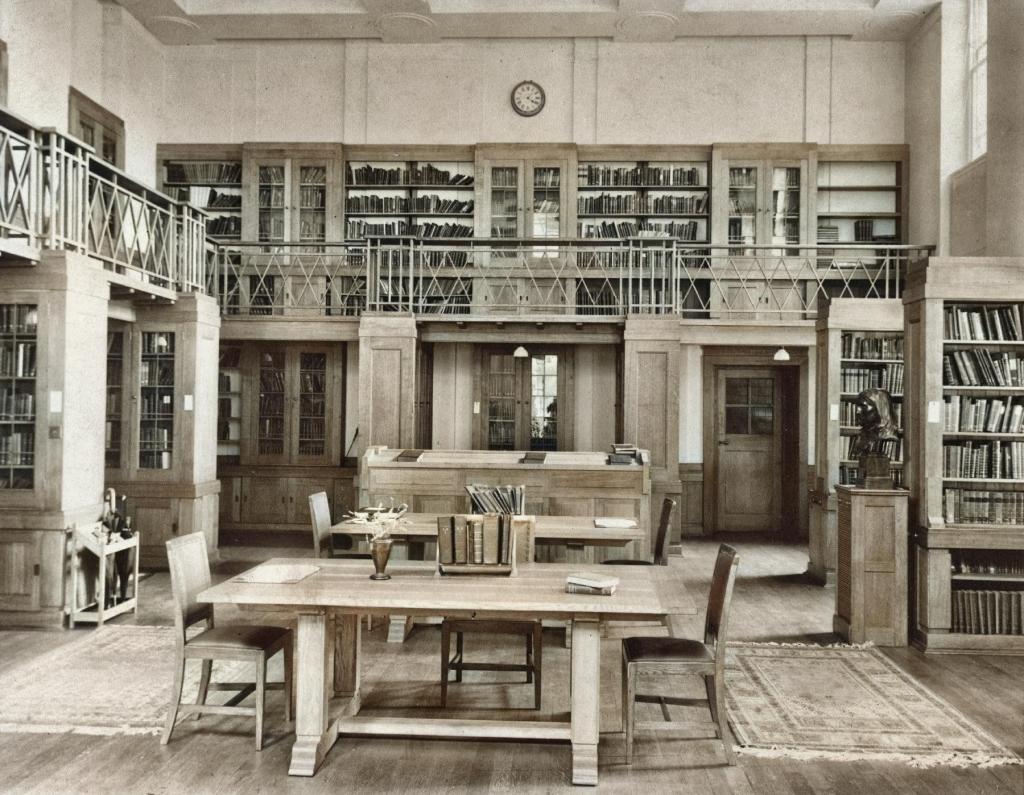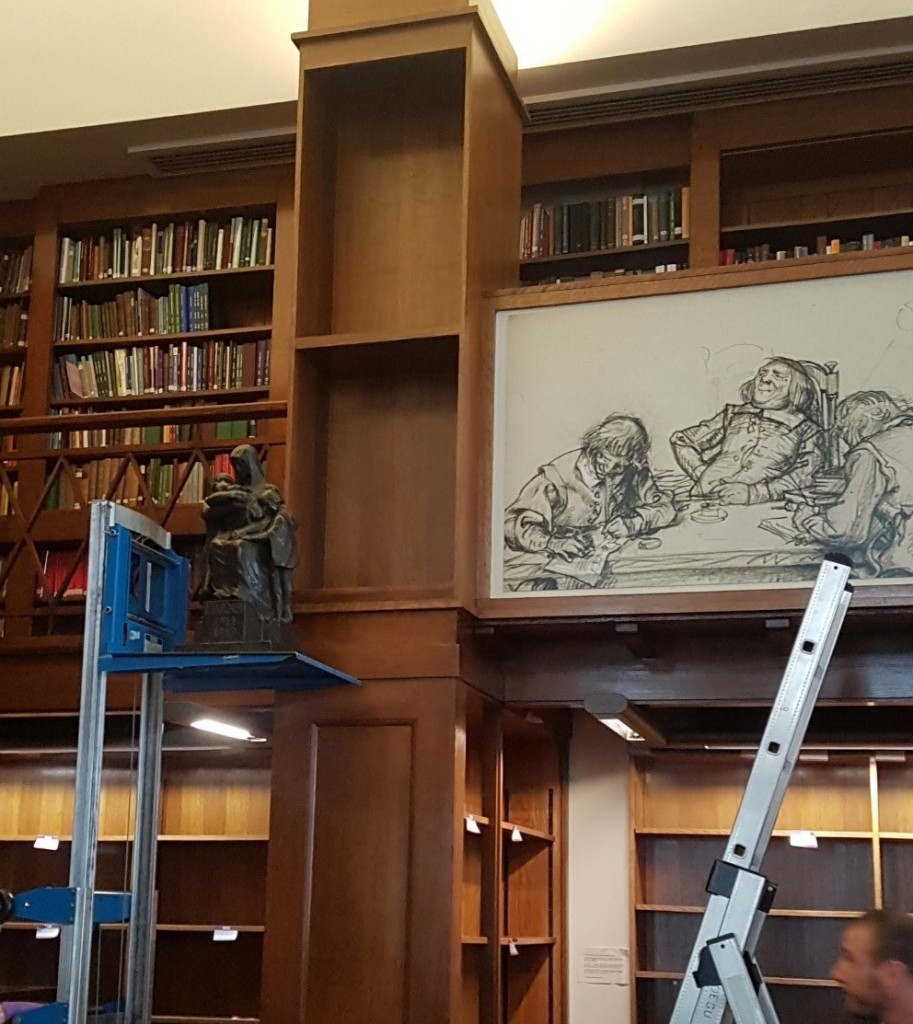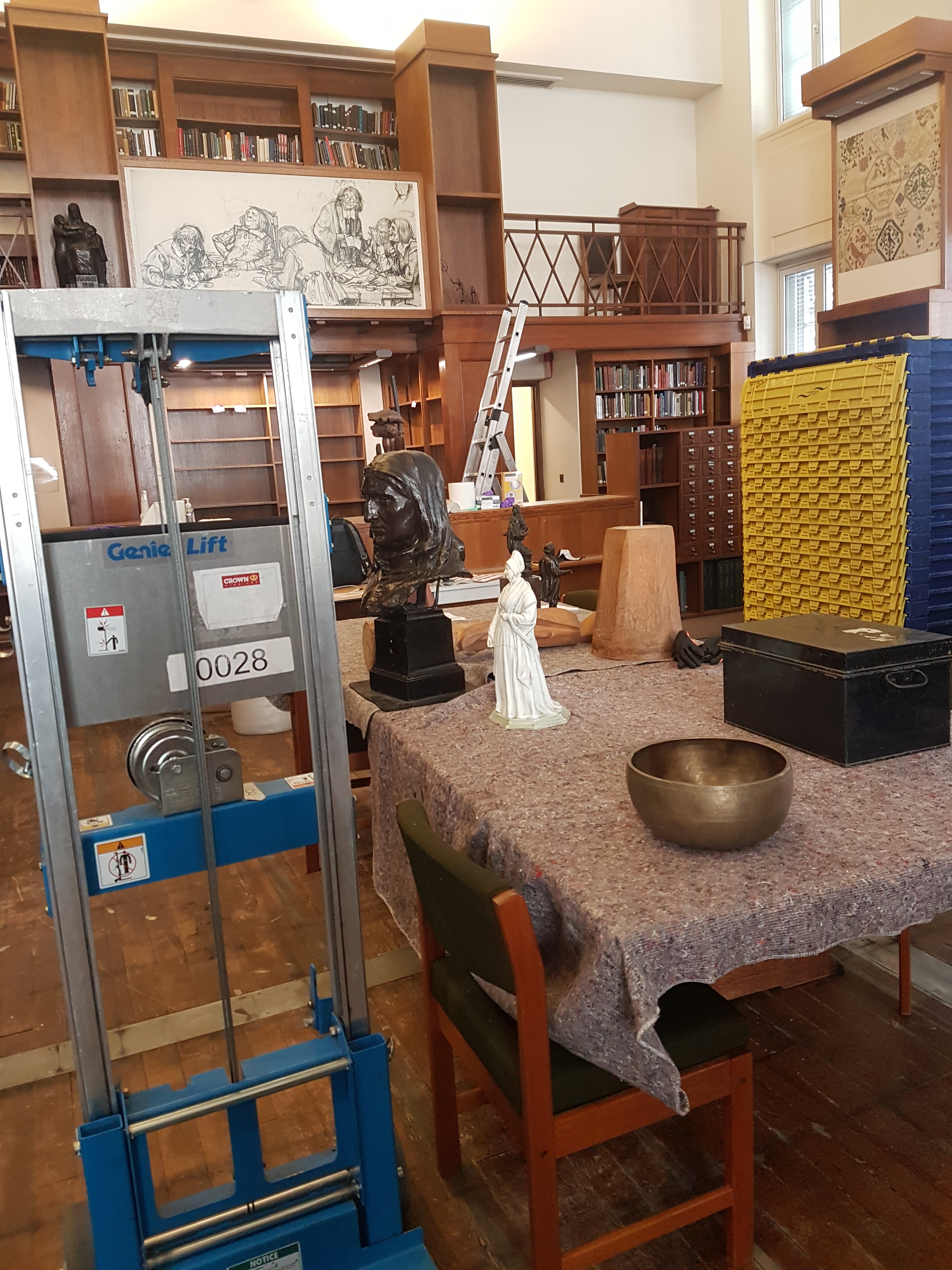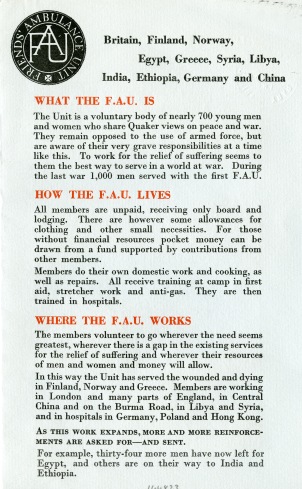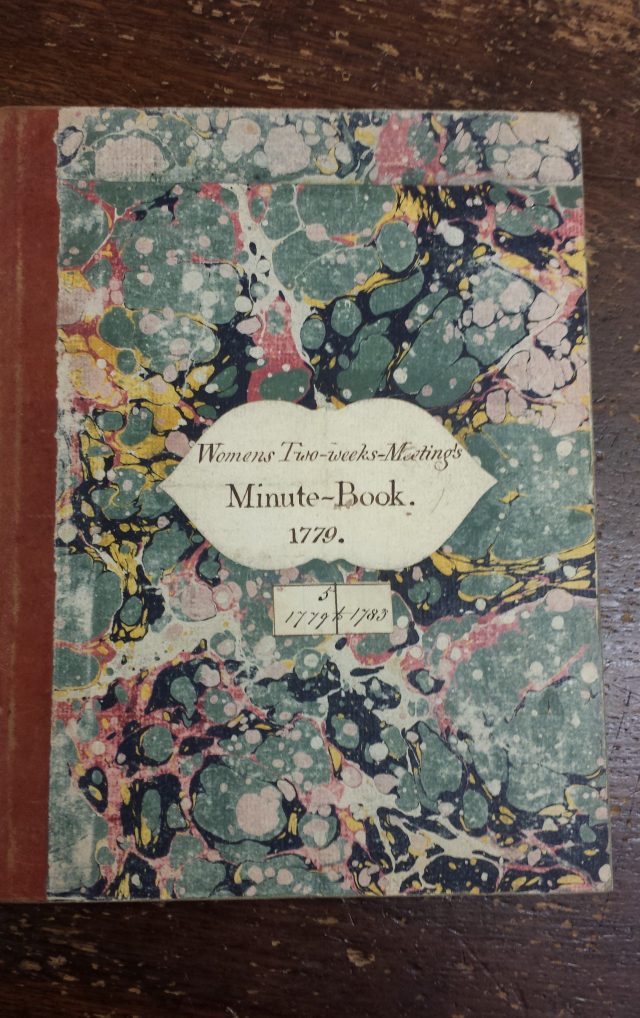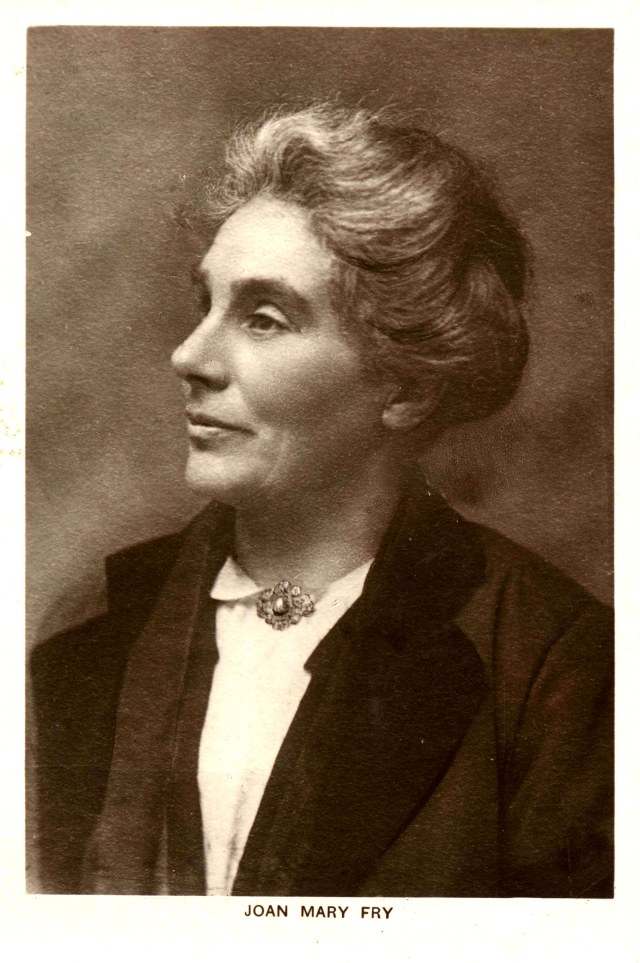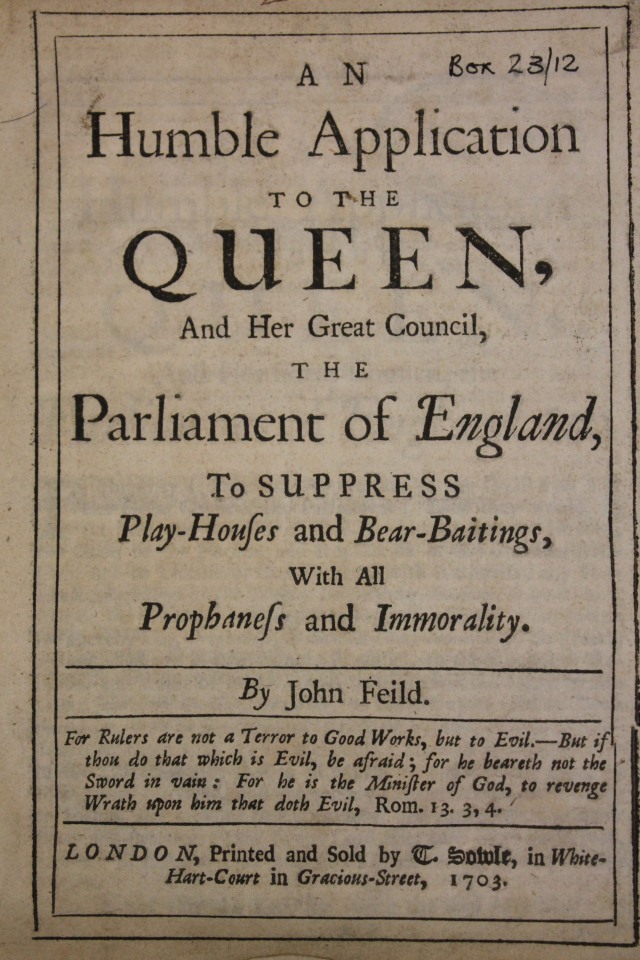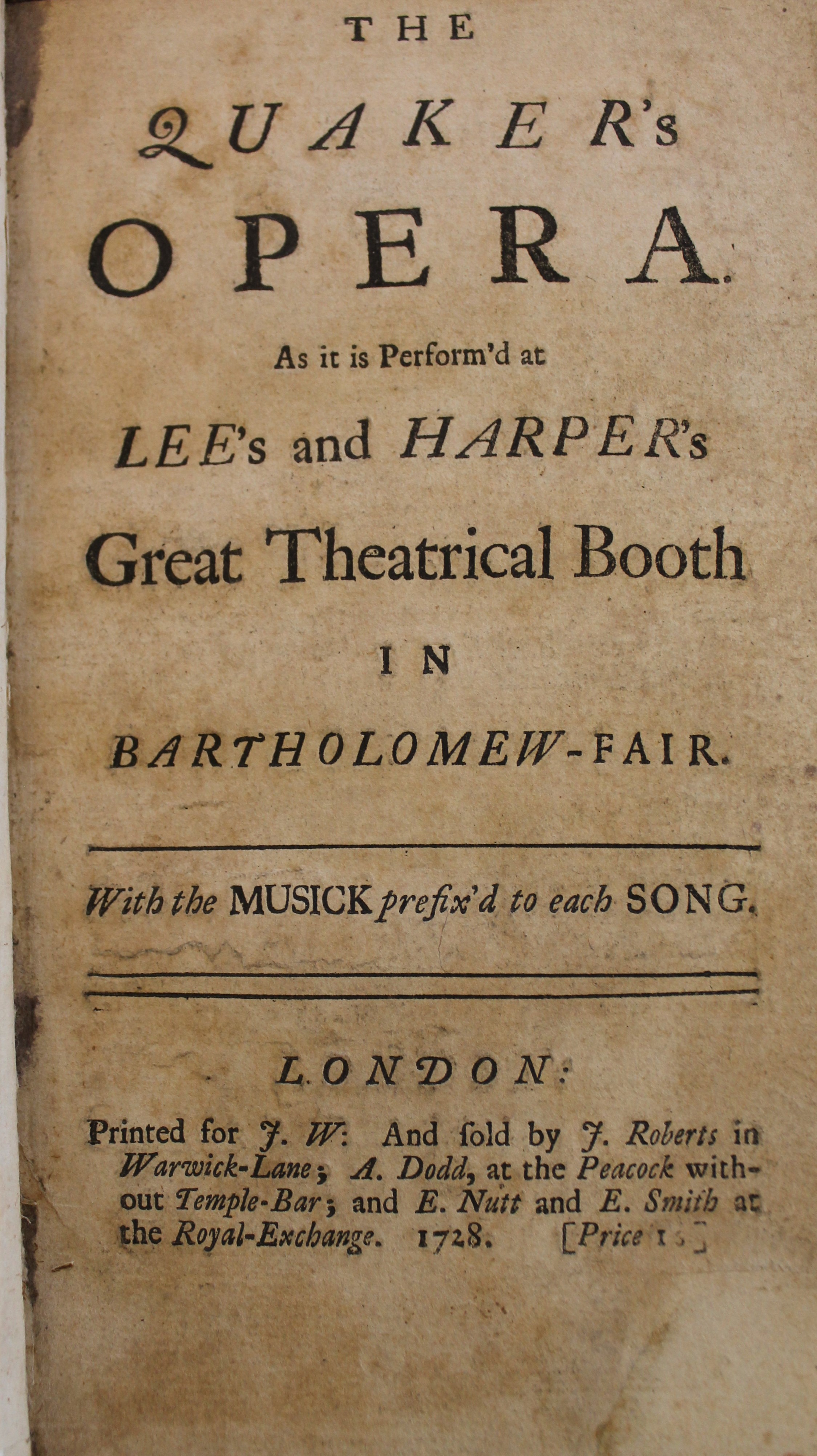The Swarthmore Manuscripts, our famous collection of early Quaker letters, have been described as the “jewel in the crown” of the Library’s collection. But did you know they are only one part of a larger collection known as the Swarthmore Documents?
The Swarthmore Documents are a 17th century collection of well over a thousand manuscript papers that belonged to the early Quaker leader Margaret Fell. The collection, with letters describing the legal struggles, personal lives and theological wranglings of early Friends, is now in multiple parts, most of which are held in the Library of the Society of Friends.
The history of how these documents came to the Library is complex. This is reflected in their current order which can be difficult to navigate. To date there is no single complete listing of the collection. However, we have recently produced a guide, which sets out what Margaret’s collection looks like now, how the different parts came to the Library and the best way to start using them for your research. This guide is available here: https://www.quaker.org.uk/documents/research-guide-swarthmore-documents-2024
The Swarthmore Documents are one of the most important sources for studying the beginning of the Quaker movement, but readers of the letters should understand that the core of the collection was curated by Margaret and her second husband George Fox, one of the founding figures of Quakerism. The history that the letters relay was shaped by them.

In 1652 George Fox visited Swarthmoor Hall, the home of Margaret and her husband, Judge Thomas Fell. He spoke at their parish church and made numerous converts to the fledgling Quaker movement, including Margaret herself. However, at this point she was the mother of 7 children, 3 of whom were under the age of 10, and her youngest daughter Rachel was born the following year. Thomas Fell was an assize judge who was frequently away from home travelling on his circuit. It was harder for Margaret to leave home and travel around preaching as others in the movement were doing. Instead, for most of the 1650s, she remained at Swarthmoor and became the hub of a Quaker information network that stretched across the world.
Friends would write to her, letting her know the latest news or sending copies of epistles. Where necessary she would have the letters copied and sent on. Margaret wrote many letters herself, offering advice and support to Friends or speaking to those in power. She kept the letters that she was sent, as well as copies of some that she wrote, collecting them together in an archive. Margaret’s role as proto-archivist also involved other Friends sending her their correspondence to be kept or discarded as she saw fit.
“Fox realised what most people who write their memoirs know: that they can determine what others know of the past by controlling the evidence that gives future generations knowledge of it… no details, no history, my details, my history” – H. Larry Ingle, 1993
George Fox was very aware of the importance of public perception. When the Society of Friends began in the 1650s they were a transgressive religious movement, despised by the established church and looked at with suspicion by those in power. After the return of King Charles II in 1660 this only got worse. George encouraged Friends to create records of their experiences, to define what Quakerism was as they saw it, to avoid being defined for posterity by those who were persecuting them.
He also exerted control over the material Quakers published. Letters from within the Swarthmore Documents show that he expected to have copy approval over Quaker publications from 1653, a responsibility that was later delegated to Morning Meeting.

Margaret and George had formed an extremely strong partnership in the years following their first meeting and they were married in 1669. They worked together with other Friends to create an identity for Quakerism that would enable them to survive their initial struggles. This meant distancing themselves from extreme acts such as James Naylor’s “blasphemous” recreation of Christ’s entry into Jerusalem and adopting the peace testimony as a defining characteristic.
After his imprisonment at Worcester in the 1670s, George began to think seriously about his legacy. He came to convalesce at Swarthmoor Hall after his release. Whilst there he dictated his autobiography (later published as his Journal), and sorted through Margaret’s collection of letters, ordering some to be copied for a London-based collection, editing some, and presumably destroying others. His endorsement appears on the majority of the surviving letters.


Margaret held on to the curated documents, which now included the manuscript of George’s autobiography, and added to it letters she received in her later years. It was passed down her family to her grandson John Abraham. John split up the collection. Most of the surviving parts have found their way here to the Library, but some letters made it into collections in the United States, and others remain in private hands.
As part of the George Fox 400 celebrations we want to make these early Quaker letters more accessible. One way of doing that is producing the guide linked above, This will help a researcher to navigate them, but also provides links to existing transcripts that are easily accessible online. We have also been working with the PRINT project, a collaborative digital humanities project based at the University of Central Florida. This project provides access to 17th and 18th century letters from collections in the US, UK, the Netherlands and Germany. The letters relate to European religious minorities and migration across the Atlantic, and many of those selected are part of the Swarthmore Documents.
We hope this project will make these letters accessible to a wider audience and encourage our readers to look at the letters and give transcription a try. You can find out more and have a go here: https://www.zooniverse.org/projects/printmigrationnetwork/print
Selected Further Reading
Ames, M (2017) Margaret Fell, Letters, and the Making of Quakerism. Oxford: Routledge.
Larry Ingle, H ( 1993) “George Fox, Historian” Quaker History 82(1) pp.28-35.




